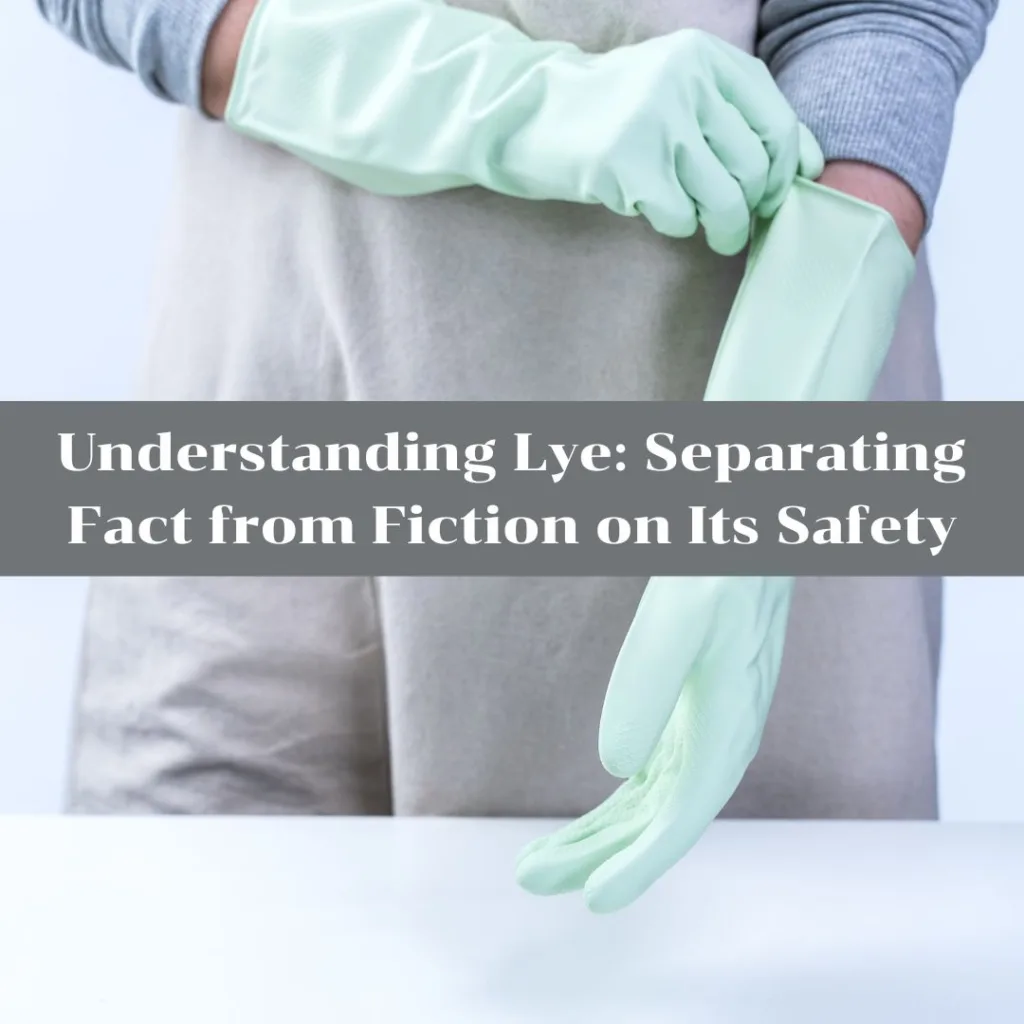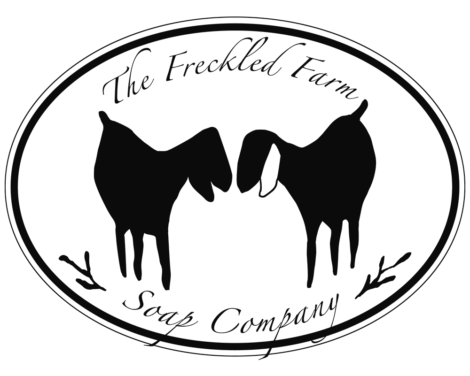Lye, also known as sodium hydroxide or potassium hydroxide, is a chemical compound that has been used for centuries in various industries, including soap-making. However, there is often confusion and concern surrounding its safety. On a fairly regular bases we get emails or messages on social media asking if we use lye in our soap. Most of the time the individual is on the hunt to find a soap bar where lye, or any other lye like product, hasn’t been used in the soap making process. Unfortunately, if this is their goal they are not going to be successful in their search.

Legally, in order to call your product “soap” it must be made with a fatty acid (animal fats or plant oils) that is combined with alkali (commonly sodium hydroxide or potassium hydroxide – Lye). The good news is if the soap was made properly no lye is present in the final product.
In this blog post, we aim to shed light on the topic and provide a balanced perspective on the safety of lye and separate the fact from fiction.
Understanding Lye:
Lye is a strong alkali that is highly reactive and can be caustic in its concentrated form. It is used in soap-making to initiate the saponification process, which transforms fats or oils into soap. When handled with caution and used in appropriate quantities, lye is an essential component in producing safe and effective soap. The good news is, when soap is made properly, the lye is not present in the final product.
Safety Precautions:
It is crucial to handle lye with care due to its caustic nature. When working with lye, it is recommended to take the following safety precautions:
- Protective Gear: Wear gloves, goggles, and protective clothing to shield your skin and eyes from potential contact with lye.
- Proper Ventilation: Work in a well-ventilated area or use a fume hood to prevent inhaling any fumes that may be released during the lye-handling process.
- Mixing Technique: Always add lye to water (or milk in our case), not the other way around, to avoid splattering or potential reactions. Slowly and carefully mix the lye into the water until it is fully dissolved.
- Equipment: Use designated containers and tools that are resistant to lye. Avoid using aluminum or reactive metals, as they can react with lye and cause unpredictable results.
- Dilution: Allow the lye solution to cool and dilute before incorporating it into your soap-making process. This reduces the risk of burns or overheating during saponification.
- Cleanup: Clean all equipment, surfaces, and utensils thoroughly after handling lye. Neutralize any leftover lye solution before disposal.
Understanding the Soap-Making Process:
During the soap-making process, lye undergoes a chemical reaction called saponification, which converts it into soap molecules and glycerin. Through this process, the lye is no longer present in its original form in the final soap product.
Soap Safety:
When people reach out asking if our soap is made with lye they are often under the perception that the lye makes the soap harsher. This is not true. Older generations often bring up the “lye soap” their grandmas made in their kitchen when they were children where the soap burned and irritated their skin. This is likely the the result of a soap recipe where the lye was not properly calculated. They also tend to believe that it makes the soap less natural… this is also not true. I would argue that cleansing bars that are trying to mimic soap without saponification are doing so in far less natural way.
When made correctly, the lye used in soap-making is entirely consumed during the saponification process, resulting in a safe and gentle product. The soap created contains no residual lye, and its pH level is typically balanced and suitable for the skin.
